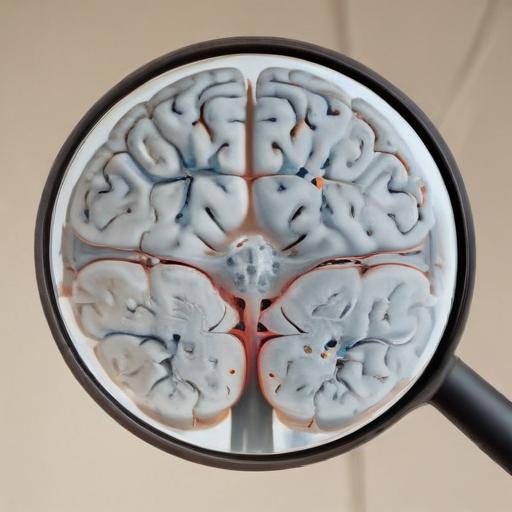BRIDGEPORT, W.Va. – Recent discussions highlighted the complexities of diagnosing and treating Creutzfeldt-Jakob Disease (CJD), a rare and fatal prion disease. During a recent segment on House Call, a medical expert from United Hospital Center (UHC) elaborated on various diagnostic methods and treatment options available for patients affected by this challenging condition.
Diagnosis of CJD begins with a thorough physical examination and a review of the patient’s medical history by a healthcare provider, usually a neurologist. Various tests are employed to confirm CJD, including:
– A detailed neurological exam assessing reflexes, muscle twitches, coordination issues, and vision changes.
– Electroencephalography (EEG), which captures brain electrical activity and can reveal certain abnormalities indicative of CJD.
– MRI scans equipped with diffusion weighted imaging to produce detailed images of the brain, where about 90% of CJD cases show detectable changes.
– Cerebrospinal fluid (CSF) tests that may include the cutting-edge Real-time quaking-induced conversion assay (RT-QulC), specifically targeting the prions responsible for CJD, as well as tests for elevated tau and 14-3-3 proteins associated with rapid brain cell death.
While there remains no cure for CJD or other prion diseases, treatments focus on alleviating symptoms and enhancing patient comfort. Drugs may be administered to manage behavioral changes, seizures, and muscle spasms. In advanced stages, patients might require intravenous fluids or machine feeding, and hospice care can provide essential support toward the end of life.
On the research front, the National Institute of Neurological Disorders and Stroke (NINDS) is at the forefront of funding studies aimed at improving our understanding of CJD. Collaborative efforts among NIH institutes are dedicated to exploring how prions operate, their transmission pathways, and the mechanisms by which they cause neurological damage. This ongoing research is pivotal, as it could lead to breakthroughs in diagnosis, treatment, and ultimately understanding of CJD and similar diseases.
Hope remains for advancements in medical science, and as research continues, it shines a light on potential future interventions that could alter the course of prion diseases.
